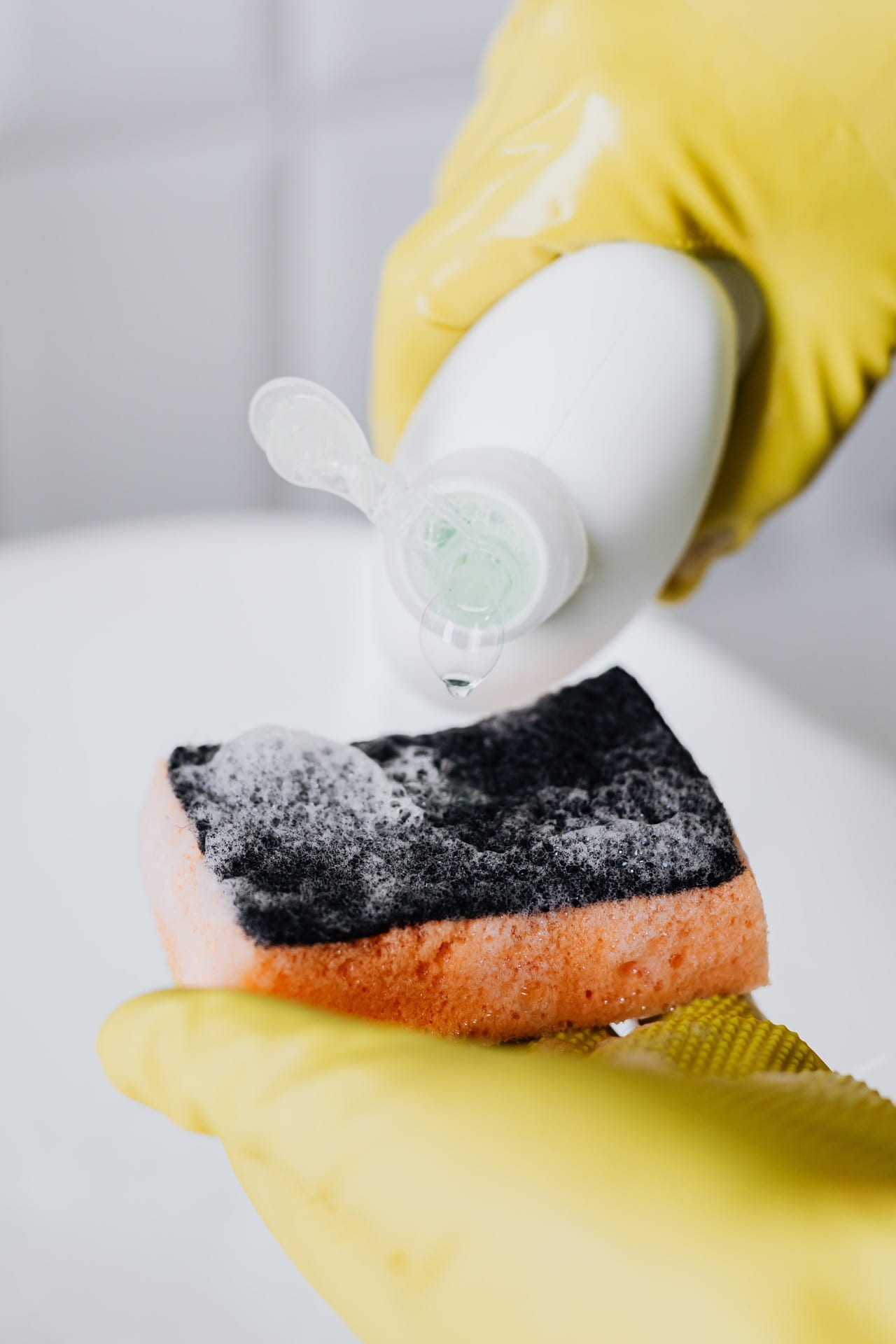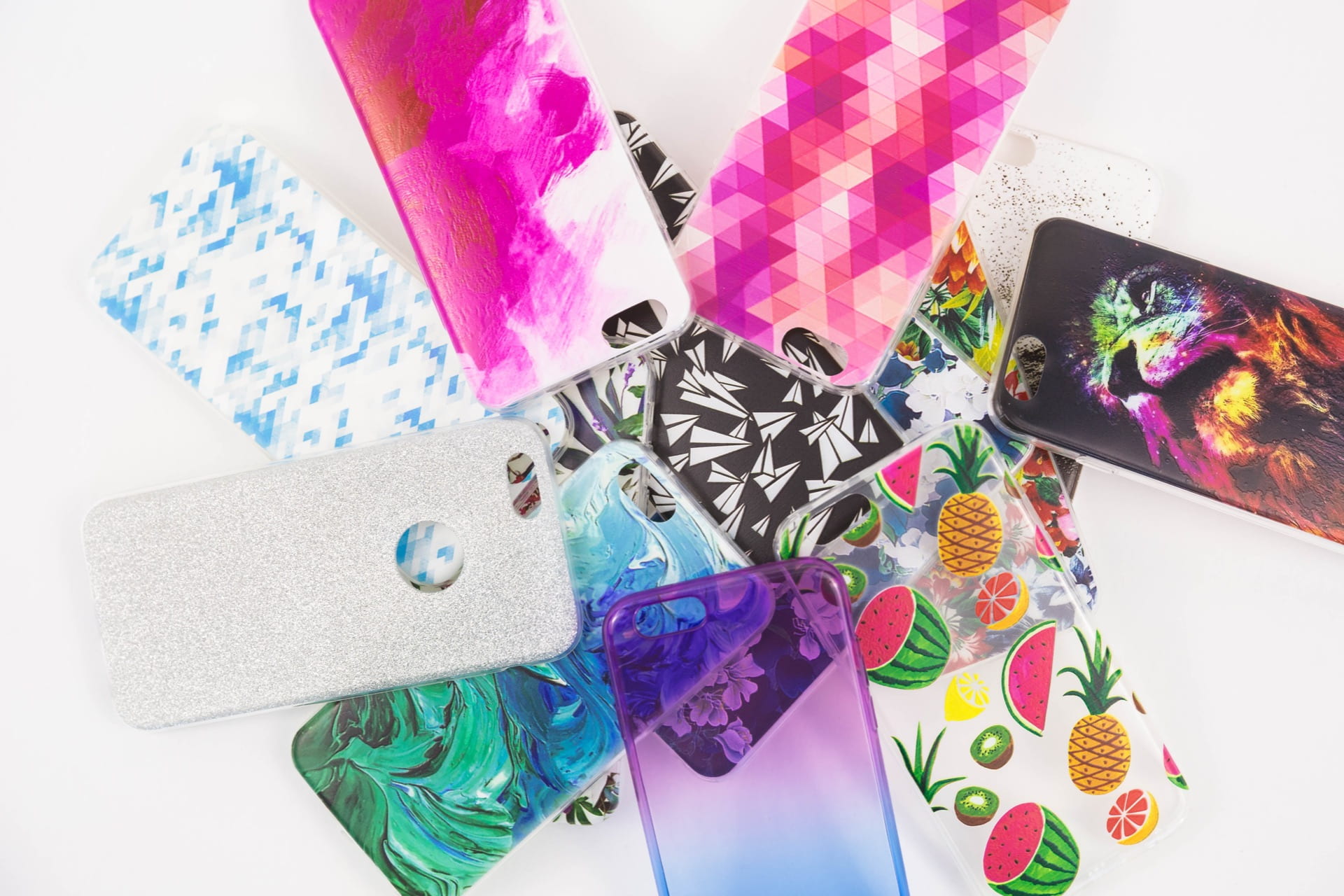Welcome to my last post everyone! Hope everyone had a great rest 😮
What can we do to strive towards a more eco-friendly way of life? Well, as mentioned in my previous post, instead of buying expensive one-time use sustainable products, we can buy durable products that will last longer! Not only would it be more cost-efficient in the long-run, it would also directly decrease one’s amount of waste. However, purchasing these durable products will not solve everything! We should constantly remind ourselves to use more eco-friendly products whenever possible. As seen from my survey results, despite owning several durable products such as reusable bags and containers, many tend not to use them as often. Be it saving reminders on our phones or writing it down on our to-do list, we can all strive to be more environmentally friendly if we remember to practice these eco-friendly methods whenever we can.
Not only should we purchase durable products but also do research on cheap, yet environmentally friendly products! Remember our trusty bamboo toothbrush from Watsons? It is a more eco-friendly product which is much cheaper than its plastic alternative! What a steal :O
After weeks of blogging on this topic, is a sustainable lifestyle really affordable in Singapore?
I would define sustainable living in Singapore quite affordable if we do our part in buying more durable and less one-time use products! However, in terms of switching most of our daily products to more eco-friendly substitutes, it might be more challenging. It would take a large toll on our wallets but we need not replace every item we own. Every small step will lead to larger outcomes in the long-run. Therefore, we should try our best to slowly switch the things we use to more environmentally sustainable substitutes if we can afford them. In conclusion, we should all strive to live a more sustainable lifestyle within our means especially in Singapore whereby these eco-friendly substitutes are readily available.
Let us all play our part for the environment!
Thank you and goodbye everyone 🙂



















Recent Comments